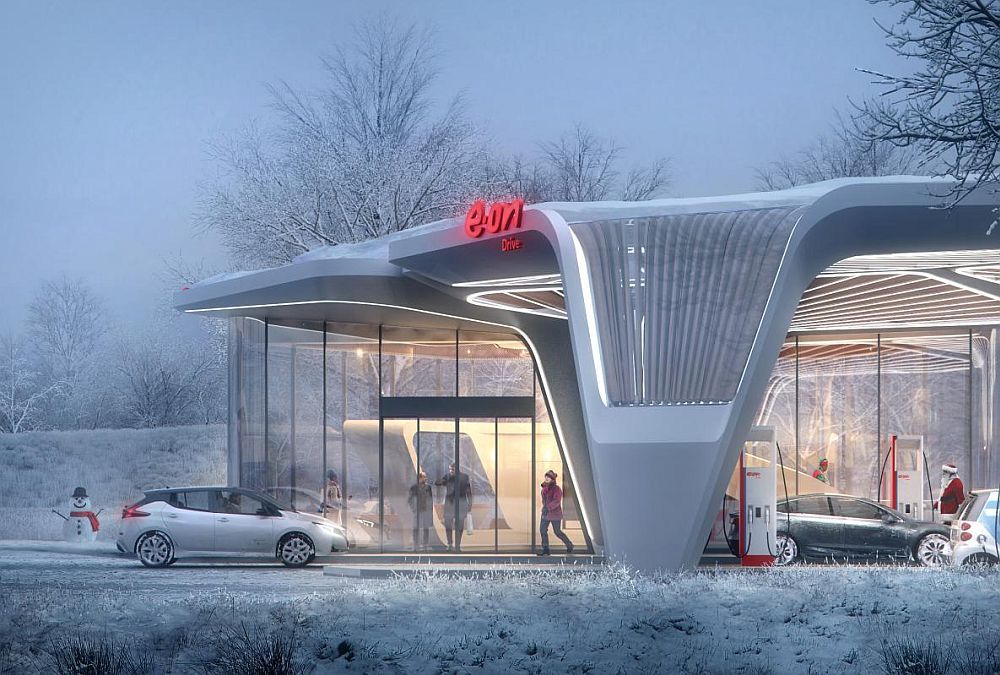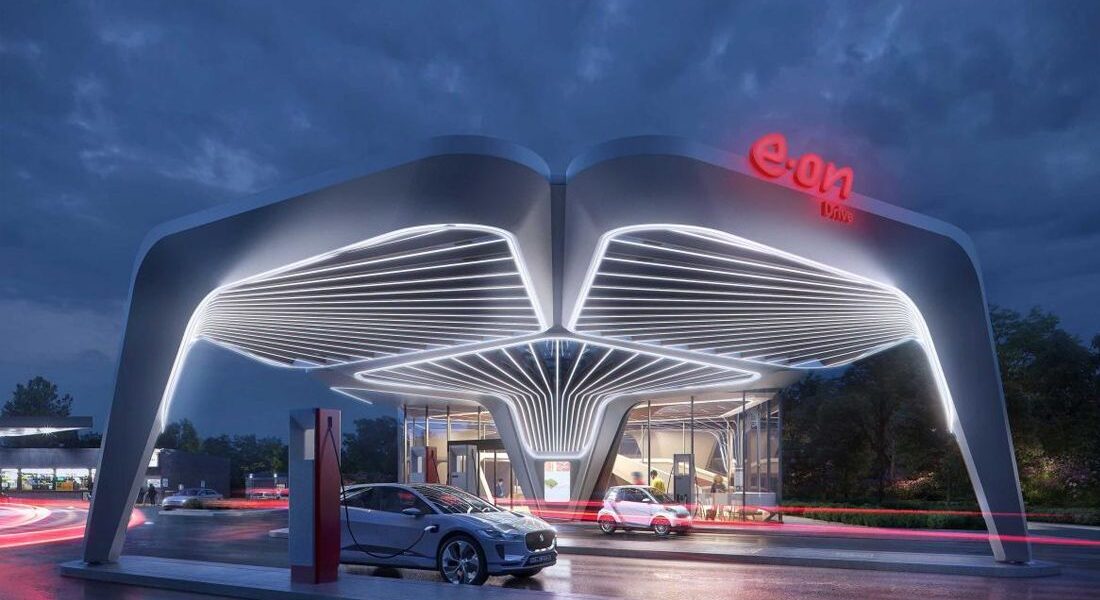In the coming years, we are going to see a major transformation in roadside infrastructure due to people’s inclination towards electric vehicles (EVs). Since most countries and their governments have started opting for electric vehicles because of the gradual phasing out of combustion engines in the next decade, more and more EVs are going to hit the road soon. However, there’s still a long way to go. Opportunities and challenges electric cars and EV charging stations bring have already started to unfold as we make progress in EV adoption.
Increasing EV adoption
Recently a story is doing rounds about a British couple who went on a trip to the coast in their new EV. Due to broken, closed, or overburdened EV charging stations on the way, it took them about nine hours to complete a journey of 130 miles – which, otherwise, would not take more than 2.5 hours. This incident highlights the issue of “range anxiety” in the way of mass adoption of electric vehicles.
According to ACEA, the increasing sale of EVs in Europe has increased by 110% over the last three years. This number is higher than the number of available charging stations in different countries so far.
It can be quite dangerous, as we could reach a point where increasing growth of EV uptake stalls. Due to the scarcity of charging points, people will have to queue too long for charging their vehicle. This will certainly cause “charging anxiety” vehicle owners.
Minimizing downtime
This is not just a number game. Scaling of available units is important along with increased coverage. However, the current fastest charging units take around 20 to 30 minutes per cycle for charging a vehicle. So, there is an immediate need to make qualitative improvements for matching the quantitative requirements.
To meet these challenges, it’s crucial to utilize the flexibility of EV charging. In reality, all EV owners are not going to charge their vehicle at the same time, just like we won’t fill up petrol in our cars at the same time.
Even if we plug in the EVs overnight, the charging stations will manage the changing schedules for us. Plus, electricity is easily available than petrol. This means that EVs can be topped easily rather than needing a big charge from empty to full.
Such smart charging plans can prove to be effective in supporting EV power demand on the grid.
The parking problem
While highway-based stations are one problem, mass adoption of EVs is posing another issue in urban areas. As per the municipal EV plans in the US, there will be a huge inconvenience for many users considering Boston’s already limited parking supply.
Keeping in mind the visual impact of charging points in residential streets, one can expect to see further pushback. While Boston’s historic Beacon Hill neighborhood has recently approved a series of charging points as ‘common gas or water ports embedded in the sidewalks,’ such sensitive solutions come with trade-offs in cost, accessibility, and functionality. Moreover, it is much harder to upgrade them with a rapidly developing market.
An appropriate solution to this could be to dispense with the fixed infrastructure. For instance, a design for mobile charging unit with existing parking garages could be helpful. Such a system works from a centralized charging point that further powers a series of battery packs.
They can be wired and delivered to each vehicle via a courier robot that can return to collect them after the charging is complete. However, setting up efficient charging infrastructure for the future has become the fundamental task, which is challenging for the whole sector. Plus, the manufacturers also have to avoid costly measures.
Biden’s 500,000 EV charger rollout plan by 2030
Recently, President Biden announced various measures to increase EV adoption, including a proper plan for deploying 500,000 new charging stations across the US by 2030. However, it’s essential to build a proper national charging infrastructure to help boost EV adoption rather than just allocating funds to roll out more numbers of chargers.
Before implementing it all, there are certain hurdles they need to overcome, such as:
1. Implementing fast charging
In the EV industry, fast charging is the latest trend, as per Mike Tinskey, Ford’s Director of Electrification. It is great for road trips and also for everyday use. If the Lithium-ion battery is not overheated, it can charge up to 80% in only 15 minutes. It is a big feat in the current EV charging landscape.
When it comes to fast EV charging systems, there are three major players:
i)) Tesla’s Supercharger that enables Model S owners to charge the battery within 20 minutes. They are along highways in North America, Asia, and Europe.
ii) CHAdeMO is another fast-charging system that provides up to 62.5 kW of direct current. It was established by the Tokyo Electric Power Company and is supported by Toyota, Nissan, and others.
iii) Combo by Society of Automotive Engineers (SAE) offers fast charging of up to 90 kW and is a standard for US and German manufacturers.
Nonetheless, another issue with fast charging is putting multiple outlets on a single charging station. It is very expensive, but the cost is not insurmountable. As the fast-charging stations will become more competitive, prices are likely to decrease in the long run.
| Also read: New Electric Car Battery Can Reduce Charging Time to 5 Minutes
2. Demand charges
Demand chargers are another hurdle in the way of fast-charging stations. A business owner or charging station owner has to pay a monthly fee for the highest amount of power drawn during any (typically 15-minute) interval during the billing period. Demand charges can comprise a significant proportion of commercial customers’ bills.
In the future, they need to work with local utilities and regulators to find ways around high-demand charges to make them more efficient. This is because no one wants to pay high-demand charges that are equivalent to gasoline costs. This will defeat the whole purpose of the new technology.
3. Cutting through red tape
For installing a charging station, service provides need to go through business owners, local governments, and utility providers. And this takes a lot of time. The entire process also requires convincing skeptical citizens at the same time. This industry will depend on local and state regulations for both home energy systems and public charging stations that adopt EVs.
4. Convincing utility providers
When moving toward a renewable energy-powered world, convincing utility providers for changing their business models is also a big challenge. This is because the electricity load of EV charging stations is problematic for many utilities provides. So, all manufacturers need to come together to form a neutral platform or a central server for utility providers to send one load reduction request.
5. More data
We need more data to find out how the public understands and uses EVs. With data analysis and sensors, Ford has learned a lot about how people can use EVs and other vehicles. The proper coaching needs to be done to educate EV drivers about the electric miles they get on a specific amount of energy.







